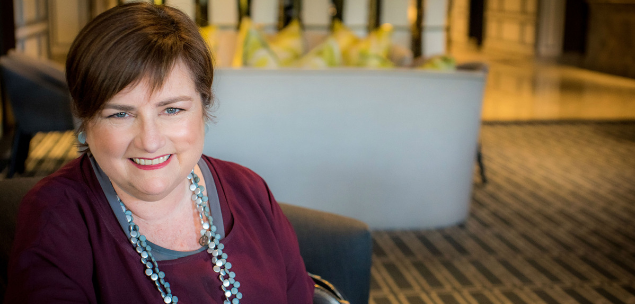How do you currently spend your workday? Like most people, the first thing you likely do is open your email and see what pops up. Then, before you know it, it’s 1pm and you’re still responding or reacting to requests, in between rushing from meeting to meeting, which means your ‘real work’ gets left to the evening.
Many of these productivity problems come about because we are operating on autopilot. We don’t think about what, when or even why we are doing things; we just do them in the order in which the tasks came to us, or how they’re written on our to-do list.
It can be very difficult to change settings that feel like they are hardwired. But you can do it. More importantly, there is good reason to do it. It involves maximising the first two hours of your day, and every two hours after that.
Schedule valuable tasks first
For most of us, our most productive time will be first thing in the morning. Then by the afternoon our body and brain will be ready to switch to some routine tasks. This is best explained by the work of Michael Smolensky and Lynne Lambert, published in their book The Body Clock Guide to Better Health, which describes a person’s typical circadian rhythm.
For the majority of us our peak alertness is at 10am and our best coordination is at around 2.30pm. Hence, tasks that require attention and focus are best done in the morning, and repetitive tasks that require coordination are best done in the afternoon.
Consider yourself a night owl? While the results vary from study to study, in a normal population only 10 to 21 per cent of people can survive on minimal sleep and working late into the early morning.
And if you still need convincing, then in a 2016 study titled ‘Diurnal Variations in Executives’ and Analysts’ Behavior: Evidence from Conference Calls’, researchers found that CEOs who had meetings about earnings with analysts and shareholders were more likely to be upbeat and positive in the mornings. The tone grew more negative as the day progressed.
So now think: How much of your organisation’s value might be determined by those types of conversations?
Design your day by brainpower
In his book Thinking, Fast and Slow, Daniel Kahneman describes the brain as having two systems. One that moves quickly and makes snap judgements. It also doesn’t require much energy. And the other, which is slower, takes deeper thinking and uses a lot of energy. People feel tired or ‘brain dead’ if they have been using the second system a lot.
Hence, we need to assess the amount of brainpower a task will require. Does it need deep thinking, concentration and focus (high intensity)? Or can you do it with a blindfold on and one hand behind your back (low intensity)?
When it comes to making the greatest impact (remembering that we are at our best in the morning), filter your tasks according to this and the time of day that you do them, then watch your productivity soar.
4 tips for daily tasks
- The first two hours
High intensity/high impact tasks that directly and positively affect results and require a lot of attention, energy and focus. This is a leader’s most important work. - The second two hours
High intensity/low impact tasks that require being in the service of others. Giving time to someone in your team to ‘bounce an idea off’ or something similar. - The third two hours
Low intensity/low impact tasks that can be done while metaphorically sleeping because they are easy and the stakes are low. These are things that are repetitive and routine in nature – like responding to email. - The fourth two hours
Low intensity/high impact tasks that don’t require a lot of ‘heavy lifting’ brain-wise, but will have a positive impact: planning, maintenance, preparation. Basically, anything that sets a successful day tomorrow.
Donna McGeorge is a speaker, author and mentor who helps people make their work work. Using a creative, practical approach, she improves workplace effectiveness while challenging thinking on leadership, productivity and virtual work. ‘The First 2 Hours: Make better Use of Your Most Valuable Time’ is published by John Wiley.

